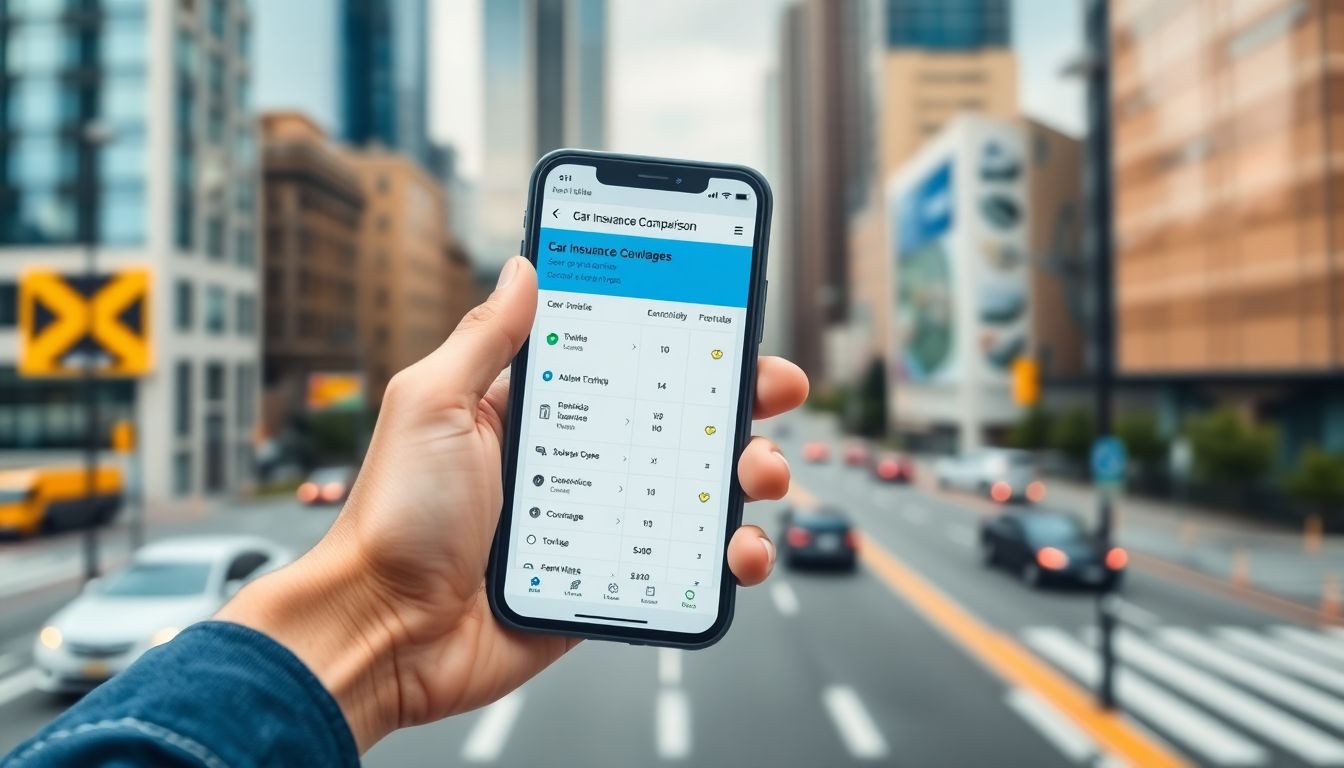That feeling of stomach knots, isn’t it, a little while after a close call while on the road? Or the worry of your car getting stolen or damaged? Same here, to everyone. It could be a maze when it comes to car insurance, but it’s definitely an important safety net: just as much as it protects you financially from the unexpected.
This is meant to spell out everything associated with car insurance in Australia. You will get to meet your options and the legal stuff. Plus, you will learn how to really choose a policy that fits you well in all areas.
Grasp the Basics of Car Insurance in Australia
Let’s take on the something that car insurance is all about. The ins and outs. The reasons to have it.
What is Car Insurance, and Why Do You Need It?
Car insurance is basically an undertaking between an insurance company and you. You pay premium, and in return, they are liable to bear costs when things happen to your car.
Accidents, thefts, or damages happen, so risk is shifted from you to them.
There are states in Australia that mandate compulsory car insurances like a few others that have been introduced by some norms but are not mandatory since they are highly advised. It provides financial security. Without it, you would spend a fortune as the one at fault in an accident or getting wrecked.
Types of Car Insurance Policies Available
There are four types of car insurance in Australia, each of them providing a different level of protection:
- Comprehensive: This is the most complete. It covers damages to your car even if it is due to your fault, and beyond-the coverage will be to other person’s damages and properties.
- Third Party Property: It covers damage that you cause to other people’s vehicles or property, but that does not affect damage to your own car.
- Third Party Fire and Theft: This, according to the title, combines the Third Party Property coverage but applies also when a car is stolen or damaged by fire.
- CTP (Compulsory Third Party): This is lawfully stipulated in Australia. Injuries to people caused during an accident are covered, including yourself, passengers, and other drivers.
Here’s a quick comparison:
| Policy Type | Covers Your Car | Covers Other People’s Property | Covers Injuries |
|---|---|---|---|
| Comprehensive | Yes | Yes | Yes (via CTP) |
| Third Party Property | No | Yes | Yes (via CTP) |
| Third Party Fire & Theft | Fire & Theft | Yes | Yes (via CTP) |
| CTP (Compulsory) | No | No | Yes |
CTP is an Important Component of All Car Insurances
In some states, CTP insurance is popularly known as “Greenslip.” It exists and compels all mandatory requirements because of its role in addressing personal injury. In short, if someone receives the injury during a car accident, the cost of medical bills related to injury is to be borne by CTP.
Lost income is also included. Other types of car insurance such as Comprehensive and Third Party Property cover the damage to the vehicle. CTP doesn’t pay for your car or anyone else’s car. It just deals with injuries. Thus, both CTP and another type of car insurance are very important in safeguarding you on all fronts.
Decoding Car Insurance Policies
Understanding Policy Inclusions and Exclusions
Inclusions refer to things your policy does cover. Common ones are accident damage, theft, vandalism, and natural disasters like storms and floods. Exclusions list what your policy does not cover. Most of these will include intentional damage, using your car for illegal purposes, and general wear and tear.
Take for example a case where during a storm a tree falls on your car. Repairs to your car would probably be covered under Comprehensive. However, if you purposely rammed your car against a wall, then that would not be covered. It is important that you read through your policy. This will tell you what your policy includes and excludes.
What is Excess, and How Does it Work?
It can almost be thought of as your contribution to the repair costs. There are several other types of excess; basic excess, age excess (for young drivers) and voluntary excess (where you opt for a higher excess in return for a lower premium).
So if your excess amount is $500, with repairs costing $2,000, you would pay $500, while your insurer would pay $1,500. Usually, the higher the excess you choose will mean the lower your premium, but remember you’ll need to pay that higher amount if you have a claim.
Factors Affecting Your Premium
How much you pay for car insurance is based on many things. These factors help insurers assess risk.
- Age: Young drivers generally pay more. They are viewed as riskier because they have less experience.
- Driving History: Lower premiums are offered on clean records. Premiums go up with accidents and traffic violations.
- Location: City drivers may pay more than rural ones. Urban centers tend to have high theft and accident rates.
- Type of Car: Expensive or high-performance cars can be more difficult to insure. Repairs tend to be more costly.
- Modifications: Some aftermarket parts might increase your premiums. Some modifications increase the car’s chances of theft or accidents.
- Security Features: Alarm systems or immobilizers might lower premiums. These features mitigate theft risk.
Choosing the Right Car Insurance Policy
Taking everything into account: Car insurance is pretty simple, really complicated, not confusing, and not easy to understand when it comes to Australia. The basics and all those types are followed by choosing the best policy. You have learned how to save money while making car insurance claims.
This car insurance is vital. It not only secures finances but also provides peace of mind. Waste no time; let us start. Review the current policy or shop around to find one that best suits you. Drive within the limits of safety, too!




